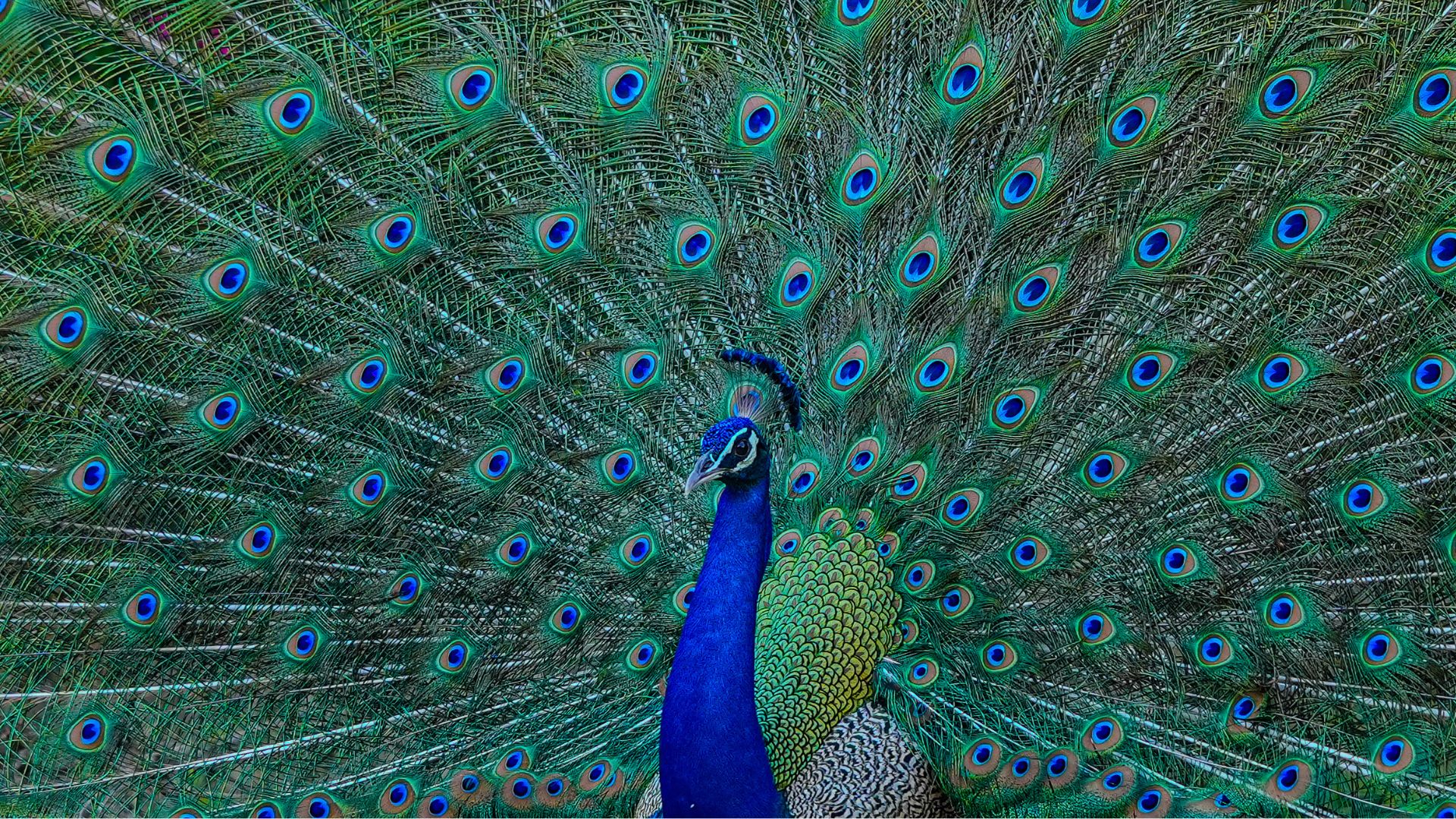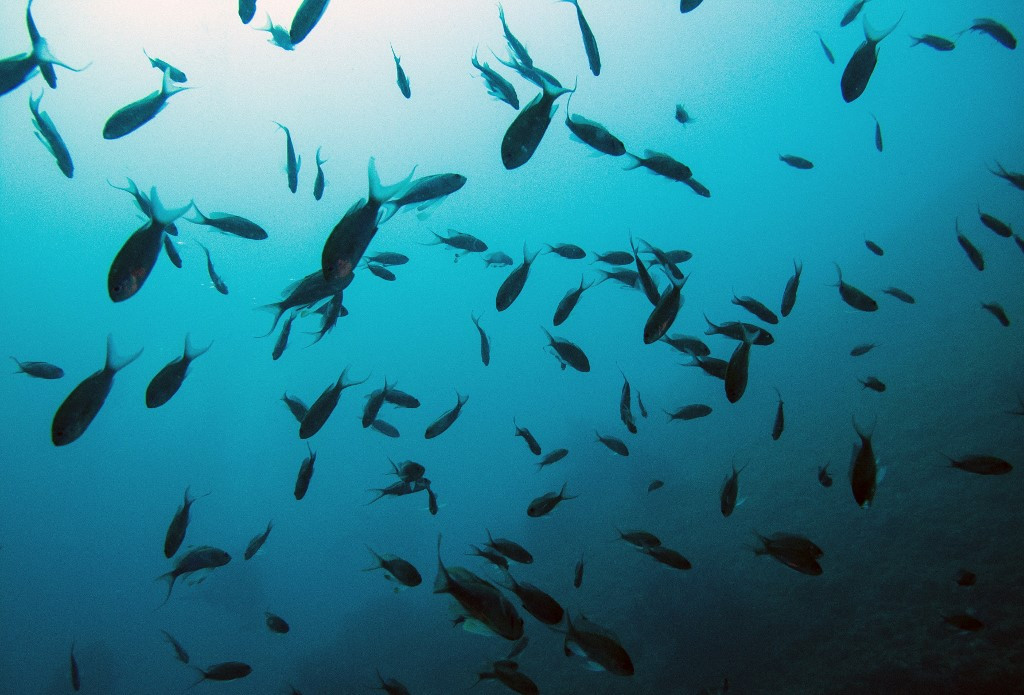Hope Reignited: Lost Eurasian Otter Spotted After 11 Years in Malaysia!

Imagine a creature thought to be extinct suddenly reappearing—this isn’t just a plot twist in a sci-fi movie, but a real-life miracle occurring in the Tangkulap Forest Reserve of Malaysia. A trail camera, set up by dedicated conservationists, has revived hope for the endangered Eurasian otter, a species that vanished from our sights more than a decade ago.
Back in 2024, while surveying the area for endangered wildlife, researchers from Panthera and the Malaysian Otter Network stumbled upon a photograph that was initially dismissed. This was no ordinary snapshot; it turned out to be the first glimpse of the elusive Eurasian otter in 11 long years. Can you believe it? This remarkable find has not only rekindled interest in a species believed lost but also highlighted the importance of conservation efforts in Malaysia.
Despite their range spanning from Europe to Asia, the presence of the Eurasian otter in Southeast Asia has remained largely a mystery. As noted by Panthera, the otter is considered highly endangered, and its survival is crucial to the health of waterways where these apex predators play a vital role.
Interestingly, Panthera pointed out that the Tangkulap Forest Reserve is now recognized as the only site in Malaysia where all four native otter species coexist. This revelation sparked excitement among conservationists, who celebrated the sighting as a historic moment in the fight for wildlife preservation.
One enthusiastic supporter on social media exclaimed, “That’s an incredible find!” reflecting the emotions of many who are passionate about protecting these beautiful creatures. The return of the Eurasian otter is more than just a photo; it symbolizes the resilience of nature and the critical need for ongoing conservation efforts.
Trail cameras, now commonly used worldwide, have proven to be an invaluable tool for wildlife research. They allow for the observation of animal populations without disturbing their natural behaviors, minimizing the risks of human-animal conflict. With their ability to capture rare moments, these cameras are paving the way for a deeper understanding of biodiversity and ecosystem health.
Although this discovery heralds a new dawn of optimism, challenges remain. Pollution, habitat fragmentation, and overfishing threaten all four species of otters residing in Malaysia. Organizations like Panthera are tirelessly working to devise solutions—like minimizing conflicts between humans and otters and implementing national protection plans—before it’s too late.
The sighting of the Eurasian otter is a stirring reminder of the fragile balance of our ecosystems and the efforts required to sustain them. As we continue to support conservation initiatives, we also empower local communities to protect their natural resources and embrace a cleaner, richer future.


























